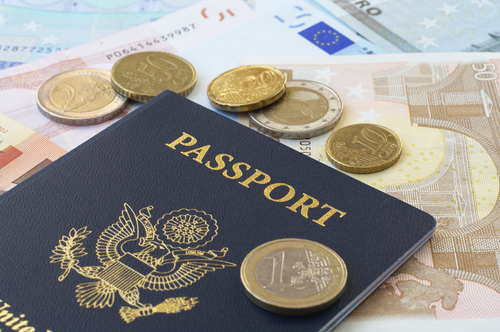Maximize Your Mobile Banking Experience
Mobile banking is more than just a convenient way to check your accounts on the go – it’s a toolbox.
In fact, when you log-in to your account, you have dozens of tools at your disposal, and the best part, they’re free! If you’re enrolled in mobile banking, but not taking advantage of various alerts and account preferences, use the below tips to turn your digital banking into an aid for managing your money and monitoring your account activity.
Mobile banking is more than just a convenient way to check your accounts on the go – it’s a toolbox.
In fact, when you log-in to your account, you have dozens of tools at your disposal, and the best part, they’re free! If you’re enrolled in mobile banking, but not taking advantage of various alerts and account preferences, use the below tips to turn your digital banking into an aid for managing your money and monitoring your account activity.
1) Set Up Alerts
In the F&M Bank mobile app, customers can set up various text alerts based on account activity. Here are a few alert options you can access in minutes.
Balance
If you are not proactive at checking your account balance on a regular basis, you can receive a text either daily, or monthly, depending on your preference. This is a great way to ensure your checkbook and online account balances match!
- Daily balance – This will send an alert of your daily balance for a particular account.
- Monthly balance – This will send an alert once a month of your current balance on a particular day.
Balances Above/Below
You also can set up alerts that notify you when your account balance falls below or goes above and indicated amount. For example, if you establish an alert and indicate $1,000 as your preferred checking account balance, you will be alerted via text if an expenditure drops your balance to $950. This tool can serve as a wake-up call for overspending, or a pleasant surprise for those trying to achieve a savings goal.
- Balances above/below – This will send an alert when your balance falls below or goes above the amount you define.
Transaction
This tool alerts you when certain transactions are made. You can select which transactions interest you (ACH, Debit Card, Wires, etc.), or, you can select all. A dollar amount must be established. For example, if you want to receive a text every time a debit card transaction is made greater than $50, you can set up that alert in minutes. This is a great way to monitor fraud, and ensure you are aware of the purchases being made on your account.
- Transaction – this will send alerts when particular transactions are applied to your account.
To begin setting up alerts, visit the “Text Banking” tab in the mobile app.
2) Make Savings Automatic
Take advantage of the automatic transfer tool in online banking to build your savings. If you know your paycheck posts to your account every Friday, schedule a weekly transfer from your checking account to savings. If you don’t think you can afford to save a large amount each week, start small. By setting up an auto-transfer, you’re consistently saving, and that is what is important. Just click, the “Transfers” tab in the mobile app to get started.
3) Protect Your Accounts with Touch ID
F&M Bank’s mobile app is extremely secure – it uses 128-bit SSL (Secure Socket Layer) encryption to protect your information and we don’t store any information on your phone. You are required to log in each time you access your account information or bill pay services through Mobile Banking. Instead of entering your username and password every time, use your thumb print instead! Just visit the “User Options” tab to set up this feature.
4) Deposit Checks on the Go
Deposit checks quickly and safely with the F&M Bank mobile app!
- Sign in to the app.
- Click on “Mobile Deposit Capture”.
- Choose deposit checks. Or, click transactions to view recent deposits.
- Follow the prompts on your mobile screen.
- Confirm the details are correct and press “submit”.
- You will come to the final screen – press “I agree”, and you are finished.




